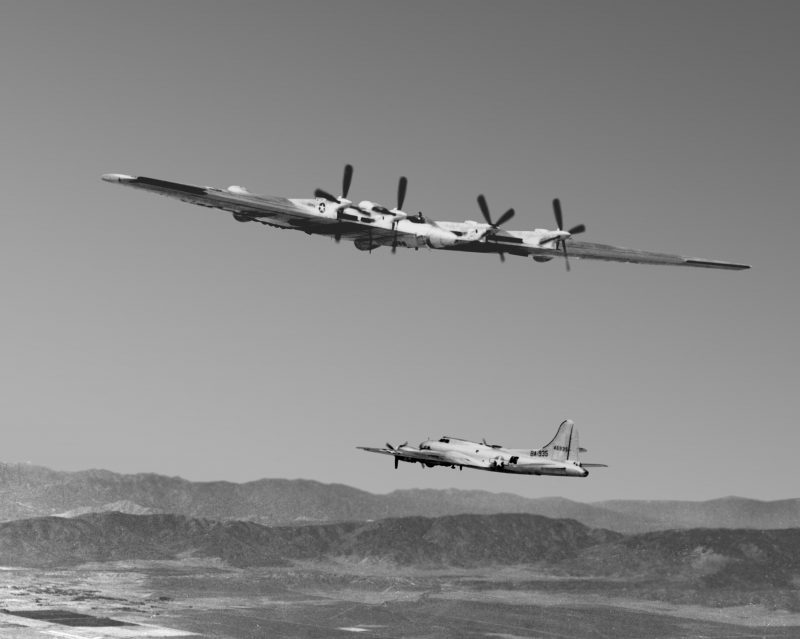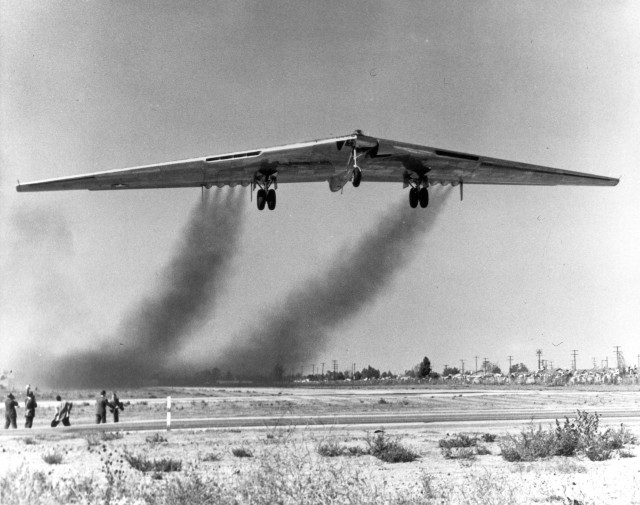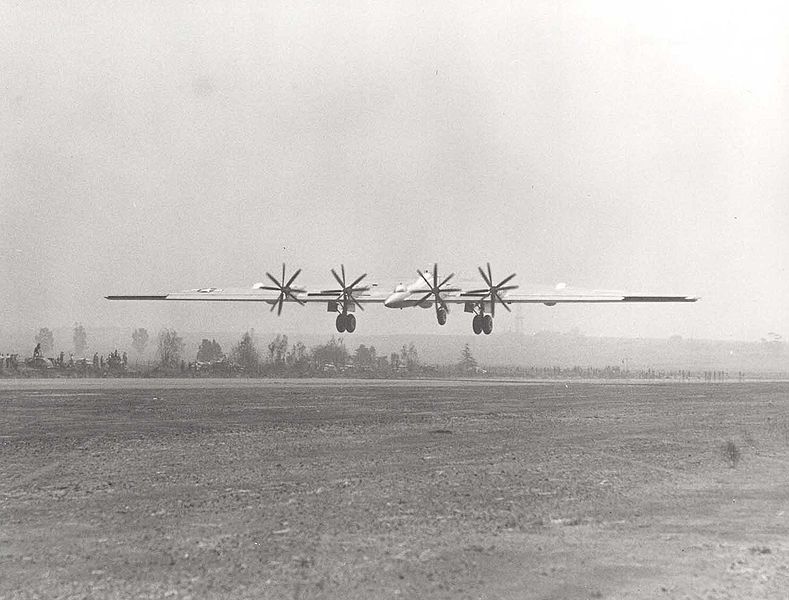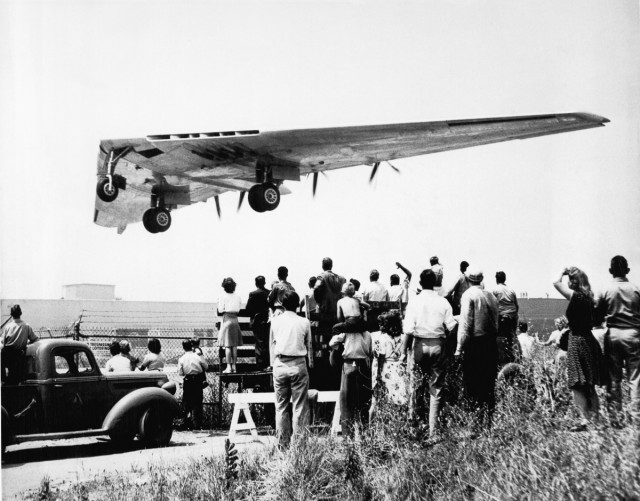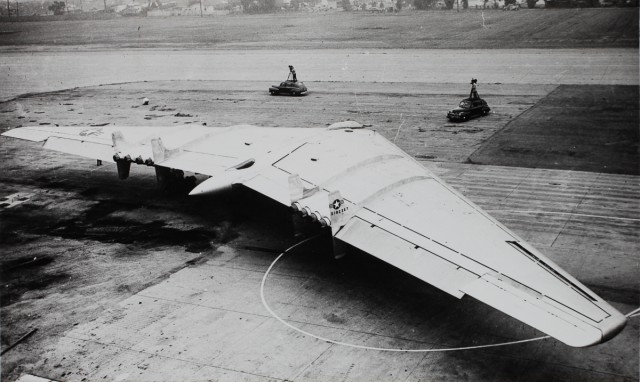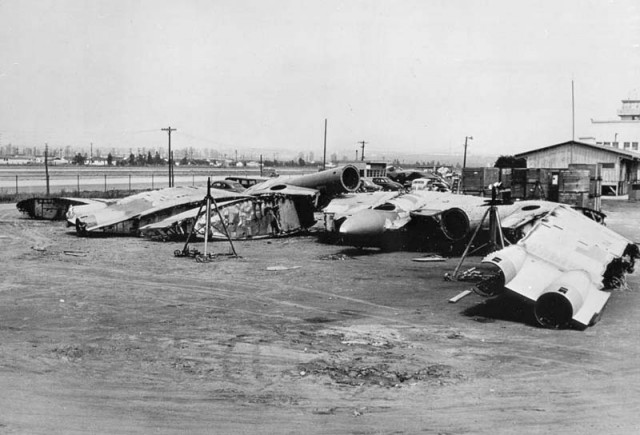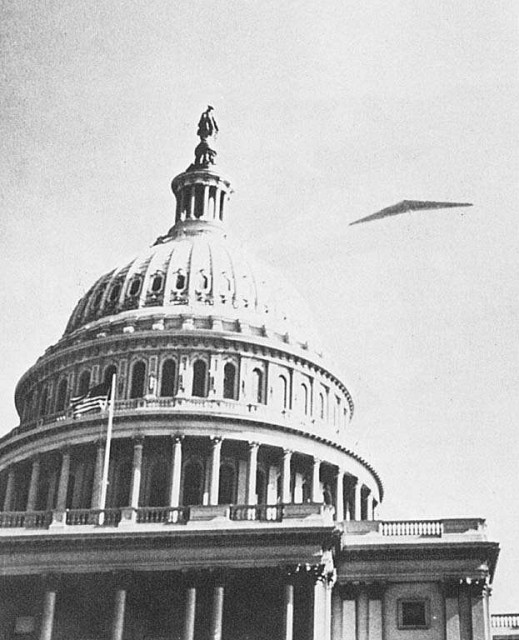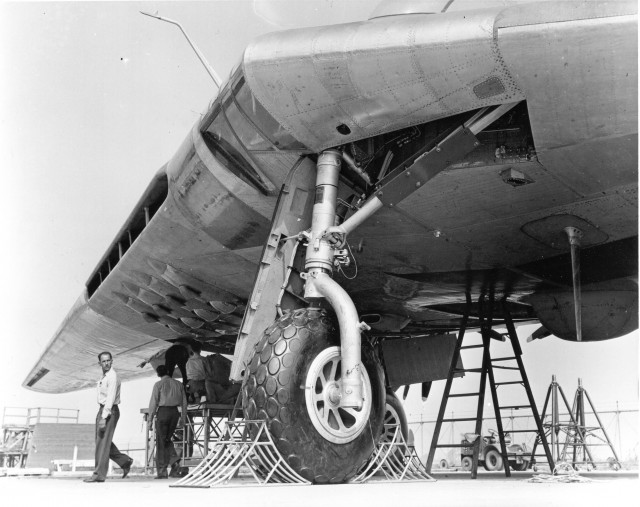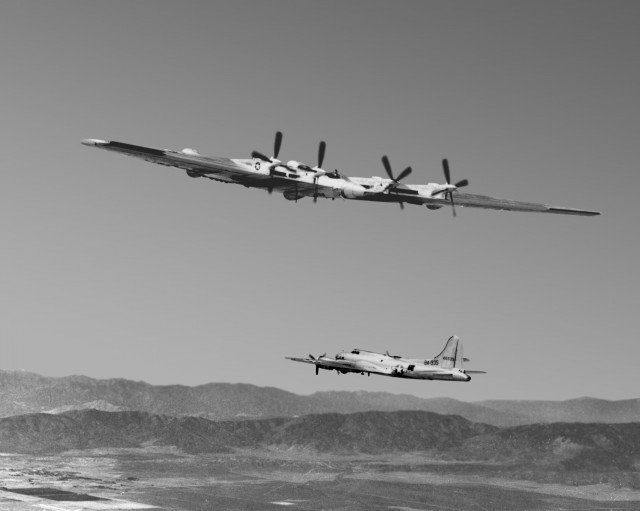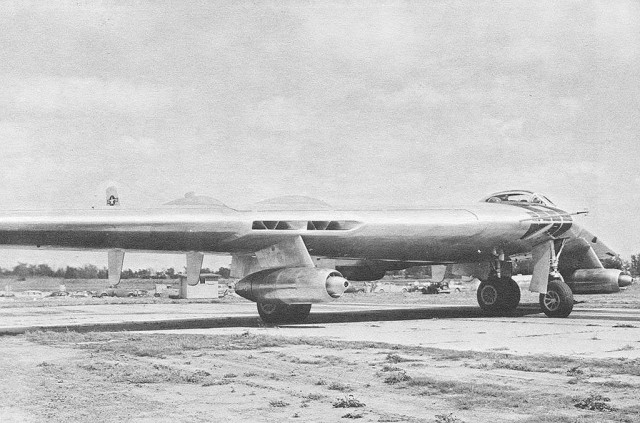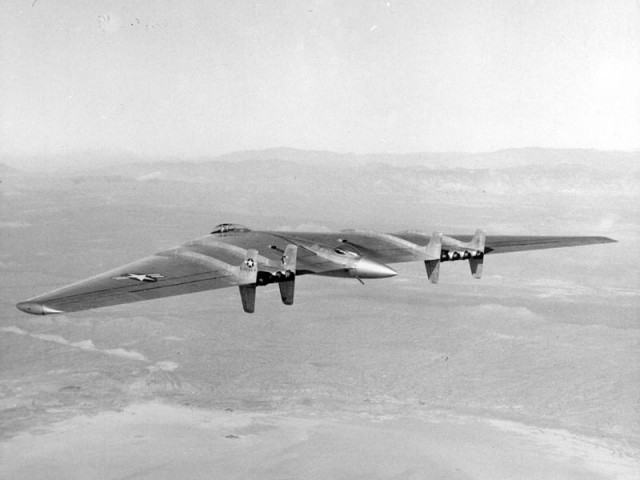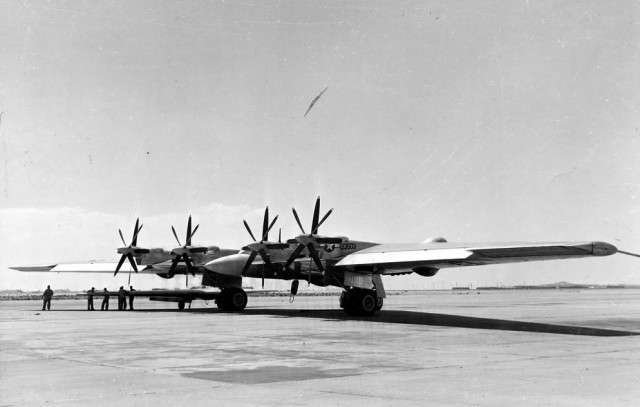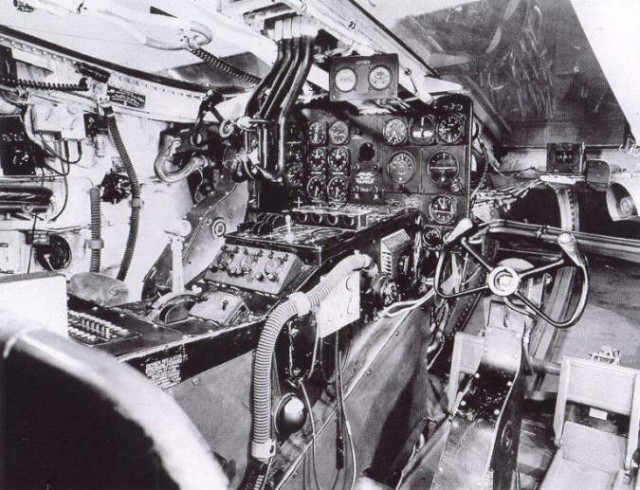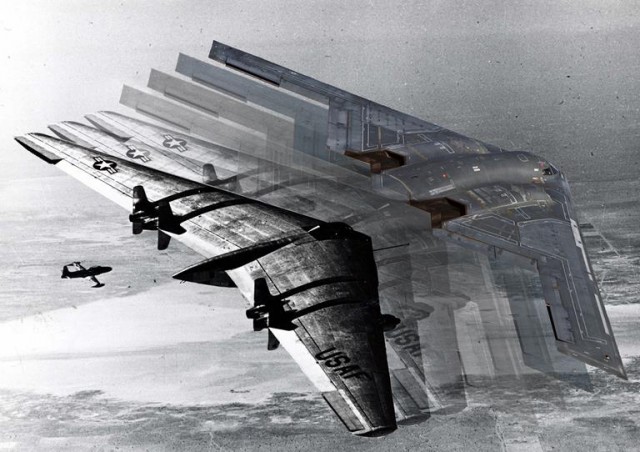The flight test community experienced a major loss with the loss of the Northrop YB-49 some 67 years ago. The jet-powered flying wing broke apart mid-air five miles from Edwards Air Force Base over the Mojave Desert. The wing’s five crew members were killed. Among those who died in the crash was Capt. Glen Edwards, who was flying co-pilot with Maj. Daniel Forbes Jr. He was flying at the request of Maj. General Boyd. On Dec. 8, 1949, they renamed Muroc Air Force Base to Edwards Air Force Base in honour and memory of the heroism and sacrifice made by the California native.
Retired Brig. Gen. Robert Cardenas served as the chief test pilot on the YB-49 program. He said that Jack Northrop’s vision for the flying wing was revolutionary, but too advanced for the technology of the 1940s. Cardenas appeared before Northrop and the General Officer’s Board to give his perspective regarding the program in November 1948.
He said he told the board that Northrop’s wing would give the military one of the most effective weapons that they had, but it exceeded the human response and sensory capabilities because humans act reactively. He said that the plane needed a proactive system, but he had no recommendations. The YB-49 superseded the YB-35 and XB-35, which were two heavy bomber aircraft that were experimental. They were developed by Northrop Corporation for the US Army Air Forces during World War II and after the war’s conclusion.
The plane used efficient design in the flying wing shape, which was also radical. The plane’s fuselage and tail section are both non-existent, and all payload is hauled within the thick wing design. The plane was only built in pre-production and prototype form despite interest remaining to warrant additional development of the design as a jet bomber, which was known as the YB-49. The crash of the YB-49 occurred when Capt. Glen Edwards sent the plane into a low-speed stall at a high angle while testing it. The flight testing of the UB-49 #1 went on until March 1950 when the nose wheel tire failed during a high-speed test. The YRB-49A was tested a while longer.
The YRB-49A was a strategic reconnaissance version of the flying wing, created from YB-35B #42-102376. Photographic equipment was installed in the tail cone bay. Its first flight was on 5/4/1950.
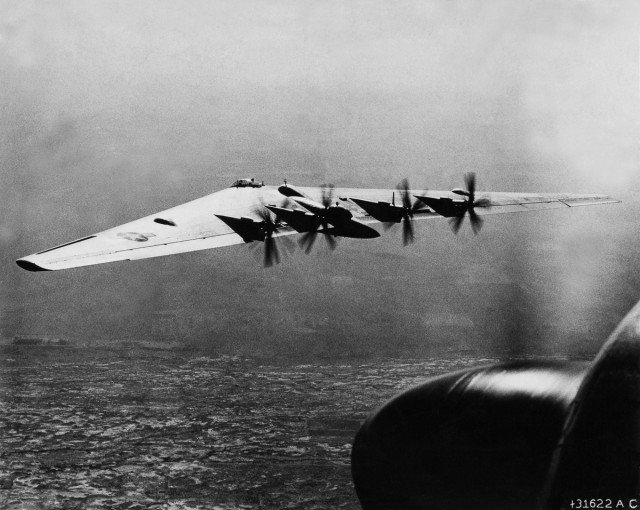
The YB-49 lifts off from Northrop Field for its first flight. Northrop’s chief test pilot Max Stanley flew the ship the short distance to Muroc AFB, where it would begin its testing.
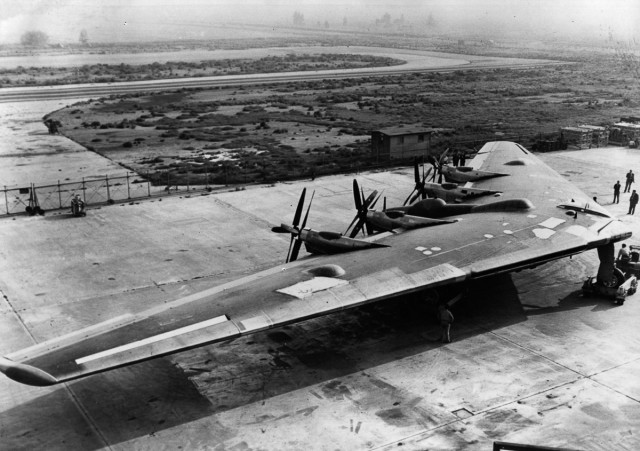
Northrop XB-35 Flying wing, a heavy bomber prototype
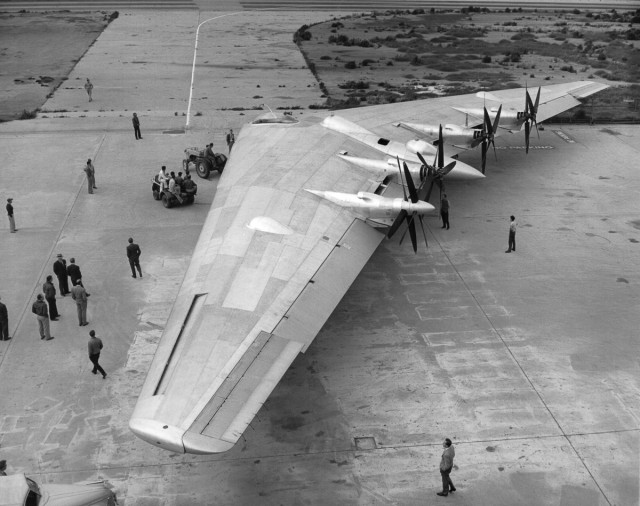
Northrop’s Flying Wing Bomber, XB-35, takes off on its maiden flight, Hawthorne, California, June 26, 1946.
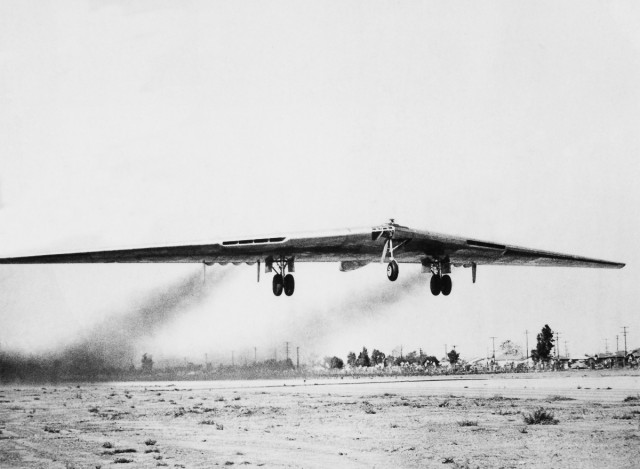
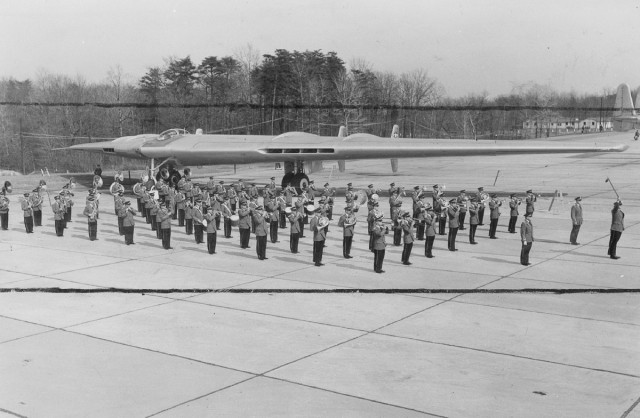
With a giant B-49 flying wing in the background, the noted air force band prepares for its Colorado concerts. The band will play for the governors’ convention in Colorado Springs June 19 and 20, then will come to Denver for a free concert in Red Rocks park June 21. Arrangements for the concert her made by The Denver Post and Air Secretary W. Stuart Symington.
being made to admit 10,000 persons to the concert in Red Rocks.
Credit: Air Force Photo
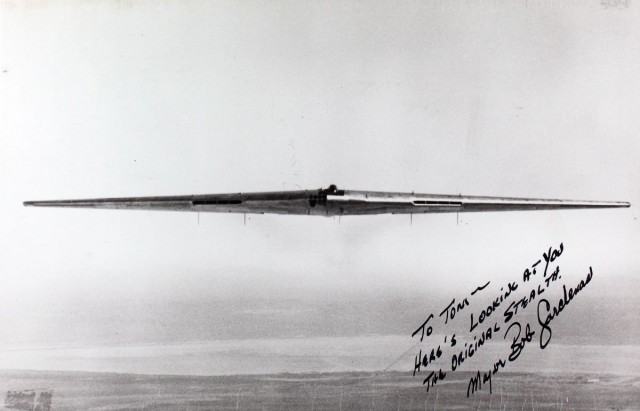
The Air Force ordered all the remaining YB-35/49 aircraft to be destroyed. This may be the remains of the YRB-49A.

A classic picture of the YB-49 over the Capitol Building. It was too late for publicity to do any real good.
In size, the XB-35 would dwarf the B-17 Flying Fortress, with wing area and gross weight almost three times those of the legendary heavy bomber.
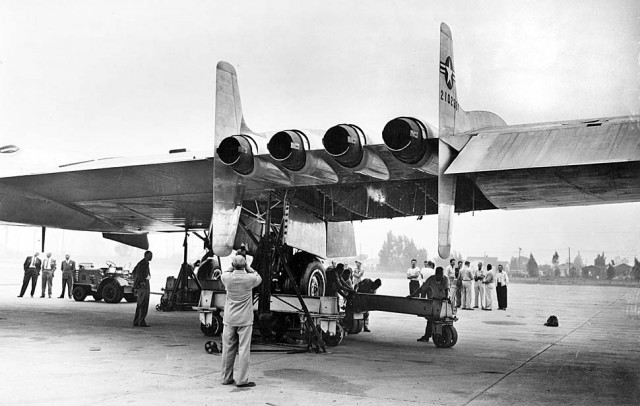
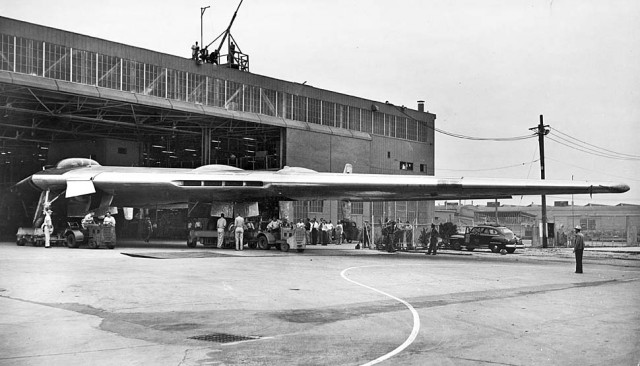
The clean lines of the flying wing were marred by the extra engines.

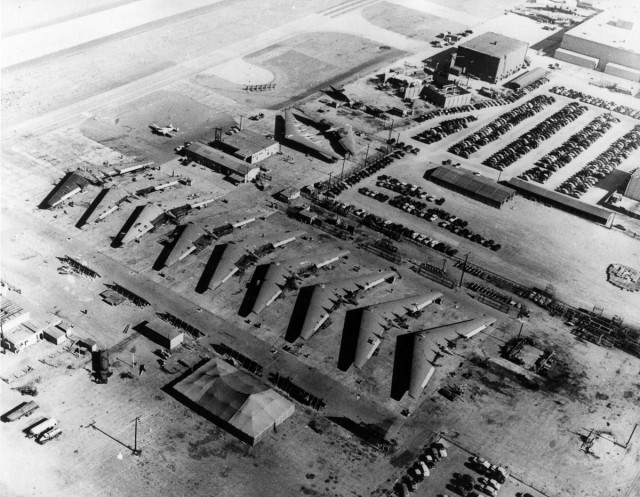
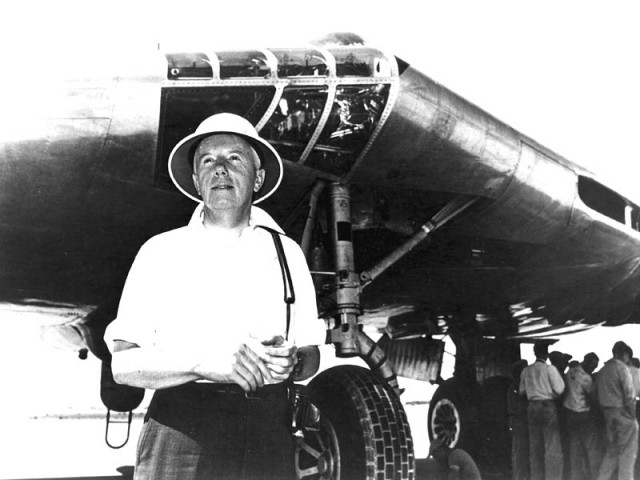
#367 flies over Muroc Field. Two YB-49 prototypes were built from YB-35’s. #42-102368 was the second aircraft.
This view of the first prototype Northrop XB-35, 42-13603, the “Flying Wing”, on the ramp at Muroc Air Force Base shows the pusher arrangement of four-bladed contra-rotating propellers. In the background, a turbojet-powered YB-49 is in a right bank. (U,S. Air Force)
Artist’s rendition of a version of the YB-49 transforming into the B-2 Spirit. (U.S. Air Force Graphic by Jet Fabara)
